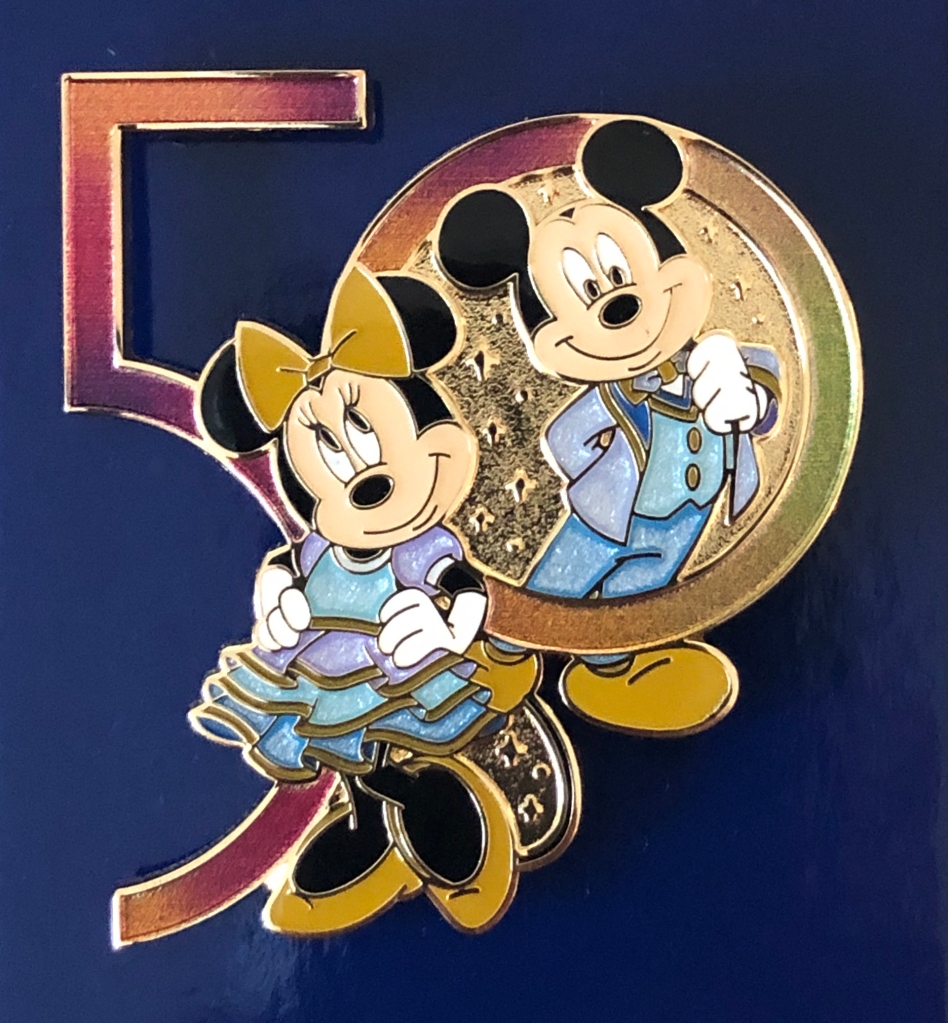I’m listening to Sting on a bluetooth speaker upstairs here in our living room. Sting is downstairs in the family room, the album Sacred Love (one of the many I ripped from my CD collection) is playing from my Mac mini. I’m lazy so I’m using the iTunes Remote app on my iPhone to choose my albums from the music library on my computer.
The last vinyl album I purchased new was Dire Straits’ Brothers in Arms. According to Wikipedia, Brothers in Arms was the first album to sell one million copies in the CD format and to outsell its LP version. That was 1985, almost 40 years ago. From then on, all I purchased were CDs. But then sometime after the introduction of the iPhone, iPod, and music streaming music services takeover, the vinyl LP began to make a surprising comeback.
Apparently the CD is now on the decline with a resurgence in vinyl. The Recording Industry Association of America (RIAA) notes that in 2022, vinyl sales topped 41M units while CDs came in at 33M (PDF). But where are streaming services in this musical mixture? Well, streaming was 84% of music revenues in 2022, still the dominant force in the music industry.


I note all of this because, in my desire to continue to downsize and “ronny-kondo” the office, I thought it would be expeditious to rip all of my CDs to a hard drive and get rid of all those pieces of plastic. So in 2017 I ripped all that I had and stored my music on an external WiFi capable hard drive. I had intended to link to the hard drive thru my iPad and treat the drive as if it were a CD jukebox, all of my music available at the tip of my fingers. Glad I saved the CDs! the software to access the mp3 files on my hard drive thru the iPad no longer worked. And when it was working, I had a hard time keeping the two of them linked on my network.
So we are back to playing the CDs on the only remaining player in the house. I had to purchase an external DVD player for the Mac mini since it didn’t come equipped with one. And those albums? The ones we got from my Father-in-law are out in boxes in the shed. I think my wife’s brother will be stopping by to pick them up for his vinyl collection. But I don’t think I will be copying and saving them. What’s old is new and what goes around eventually comes back around.











































